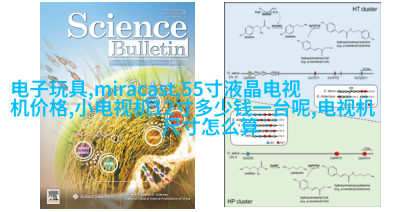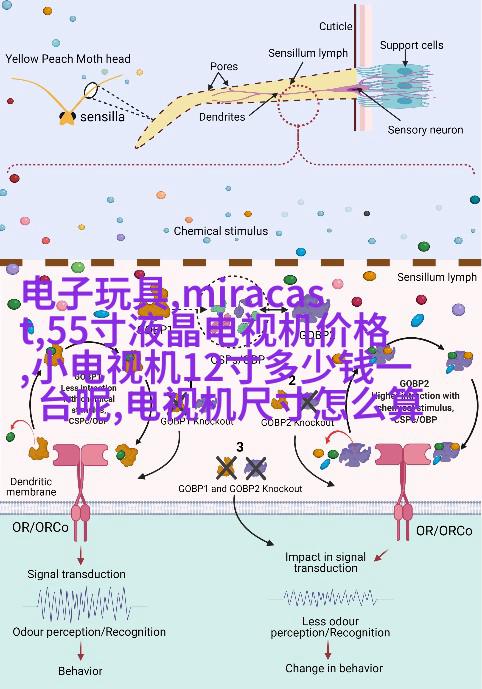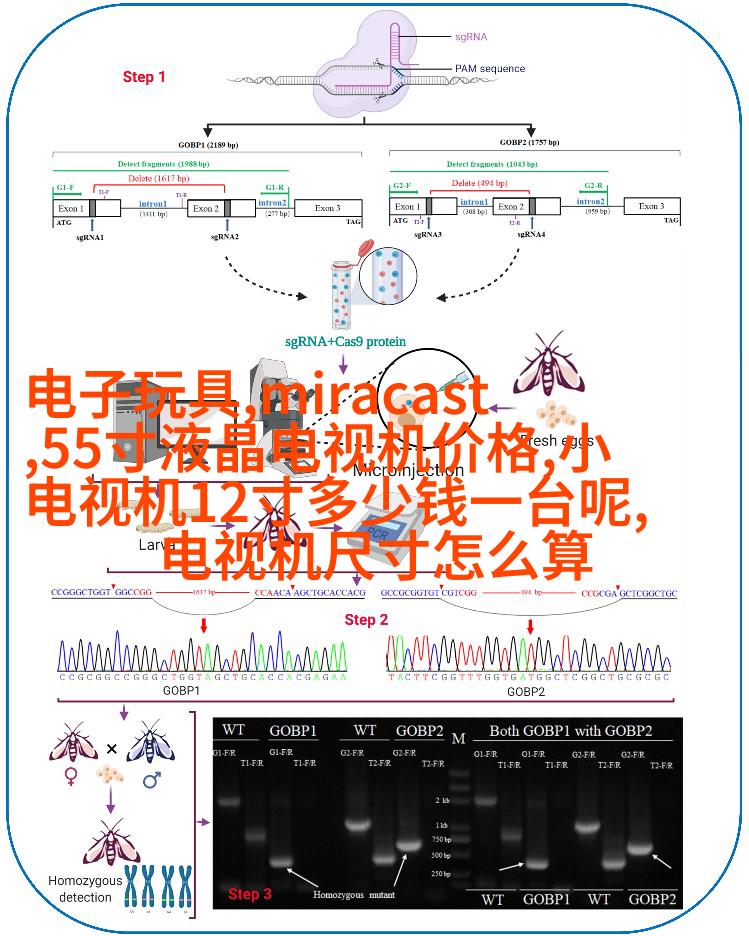医院净水系统设计要点解析
一、引言

医院净水系统作为保障医疗安全的重要环节,其设计和安装直接关系到患者的健康。因此,如何合理地规划和设计医院净水设备成为了医护人员关注的问题。本文旨在探讨医院净水系统的基本原则和关键技术,以期为医疗机构提供参考。
二、医院净水设备概述

hospitals require a reliable and efficient water treatment system to ensure the safety of patients, medical staff, and equipment. Hospital water systems are designed to provide clean drinking water for patient care activities and other uses such as washing, cleaning, sterilizing equipment, etc.
三、 hospital water treatment process

The design of a hospital's water treatment system should consider the following stages:
Raw Water Intake: The raw water supply must be sourced from a safe location that is free from contamination.
Pre-treatment: This stage involves removing large particles and contaminants from the raw water supply using physical processes such as sedimentation or filtration.

Primary Treatment: In this stage, microorganisms are removed through disinfection methods like chlorination or ozonation.
Secondary Treatment: This step involves further purification of the treated water through processes such as reverse osmosis (RO), ultrafiltration (UF), or activated carbon filtration.

Disinfection & Storage: Finally, after all treatments have been completed, the purified water must undergo disinfection again before being stored in tanks ready for use.
四、Design considerations
The size of the facility: Larger facilities may require more advanced systems with higher capacities to meet their needs.
Space constraints: Compact designs can help save space while still providing effective treatment solutions.
Energy efficiency: Systems should be designed to minimize energy consumption without compromising performance.
Maintenance access: Easy maintenance access points should be included in design plans for regular upkeep and repair work.
Scalability: Designing systems with scalability in mind allows them to adapt easily if there is an increase in demand for clean drinking water within the facility over time.
五、Case studies & examples
A hospital recently installed an RO-based system that has significantly reduced its reliance on bottled supplies at considerable cost savings while ensuring consistent quality standards are met.
Another healthcare provider chose an integrated UF/RO combination unit which offers both high-quality drinking-water production capacity along with lower operational costs compared to standalone units
3.A study revealed significant improvements made by implementing ultraviolet (UV) light technology into existing infrastructure resulting increased microbiological stability leading ultimately better health outcomes among patients
六、Conclusion & Future outlooks
In conclusion designing effective hospital netwater devices requires careful planning taking into account various factors including budgetary constraints space limitations environmental impact user preferences amongst others It’s essential that these technologies evolve continuously incorporating new advancements research findings so they remain up-to-date relevant meeting ever-growing demands placed upon them by modern healthcare settings As technology continues evolving we can expect even more efficient sustainable options becoming available allowing hospitals worldwide make strides towards creating safer healthier environments where people receive top-notch care



